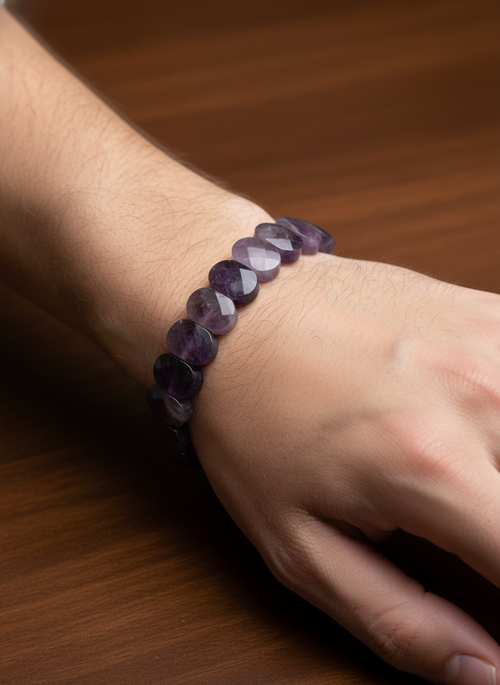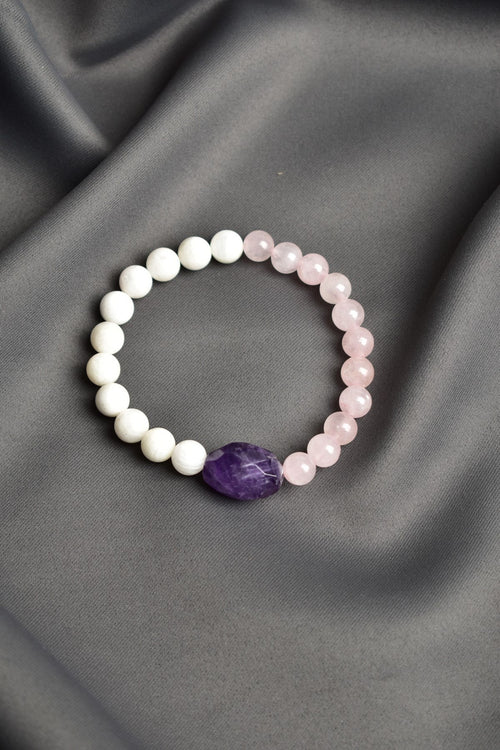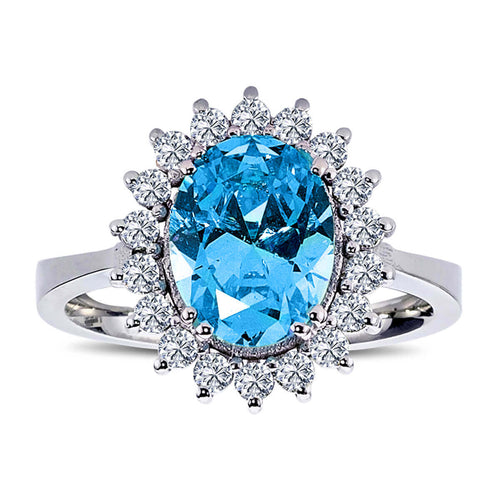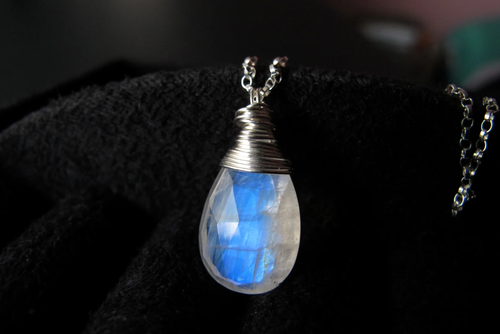ALL PRODUCTS IGSL INTERNATIONAL CERTIFIED
Natural stones used in architecture are preferred due to their properties such as durability, aesthetic appeal and easy workability. These stones are widely used in the basic structures of buildings, exterior facades, floor coverings, sculptures and decorative elements. Here are some of the most commonly used natural stones in architecture:
1. Marble
- Areas of Use: Marble is one of the most used natural stones, especially in classical and neoclassical architecture. It is widely preferred in floor coverings, columns, sculptures, bathroom and kitchen countertops.
- Features: It is known for its aesthetically appealing vein structure, smooth surface and shine. It can be found in various colors such as white, gray, green, pink and black.
-
Important Examples:
- Taj Mahal (India): Made of white marble.
- Parthenon (Greece): Built using Pentelicon marble.
2. Granite
- Areas of Use: Granite is frequently used in both interior and exterior spaces due to its hardness and durability. It is preferred in flooring, kitchen countertops, monuments and exterior cladding.
- Features: It is a hard and dense stone that is resistant to high pressure and temperature. It can be found in shades of gray, black, pink and red.
-
Important Examples:
- Mount Rushmore (USA): Carved into granite cliffs.
- Luxor Temple (Egypt): Famous for granite columns and statues.
3. Limestone
- Areas of Use: Limestone has been widely used especially in historical buildings and classical architecture. It is preferred in exterior cladding, sculptures, flooring and decorative details.
- Features: It has a porous structure and can be processed easily. It is usually found in light color tones.
-
Important Examples:
- Great Pyramid (Giza, Egypt): It has an outer casing made of limestone.
- Lincoln Memorial (USA): Made of Indiana limestone.
4. Travertine
- Areas of Use: Travertine is used especially in floor coverings, wall coverings and outdoor areas. It was widely used in amphitheatres and baths during the Roman Empire.
- Features: Known for its porous structure and natural tones. It can be found in yellow, cream, brown and red tones.
-
Important Examples:
- Colosseum (Rome, Italy): Constructed largely of travertine stone.
- Pamukkale (Turkey): Famous for its natural travertine terraces.
5. Basalt
- Areas of Use: Basalt is used in road pavements, paving stones and exterior cladding due to its durability and hardness.
- Properties: It is a dense, hard, and usually dark gray or black volcanic rock.
-
Important Examples:
- Columnar Basalt Structures (Iceland, USA): Natural basalt formations have been a source of inspiration in architecture.
- Monuments and Statues: The durability of basalt makes it ideal for outdoor sculptures and monuments.
6. Onyx
- Areas of Use: Onyx is generally used in interiors, decorative elements, wall coverings and counter tops. Its ability to transmit light is especially popular in backlit decorative panels.
- Features: It can be found in semi-transparent, transparent and various colors. It has the ability to transmit light when cut thinly.
-
Important Examples:
- Luxury Hotels and Villas: Onyx panels and countertops add a luxurious look to interiors.
- Mosques and Palaces: Famous for decorative ornaments made of onyx stone.
7. Schist
- Areas of Use: Schist is used especially in roofing, flooring and exterior cladding. It is also used for garden paths and as decorative stones.
- Features: Its thin layered structure provides a natural appearance. It is usually found in gray, black and brown tones.
-
Important Examples:
- In Rustic and Rural Architecture: Schist is commonly used in rural homes because of its natural appearance and durability.
- Historical Buildings in Europe: Known for their schist roof coverings.
8. Tuff
- Areas of Use: Tuff is used in exterior cladding, wall construction and decorative elements due to its lightness and workability. It was widely used especially in the Roman and Byzantine periods.
- Features: It is a porous rock formed by the compression of volcanic ash and lava fragments. It is usually light colored and light.
-
Important Examples:
- Cappadocia (Turkey): Underground cities and churches carved into tuff rocks.
- Roman Period Amphitheatres: Tuff stone was used due to its lightness and workability.
9. Sandstone
- Uses: Sandstone has been widely used in the construction of historic buildings, exterior cladding, and sculpture. It is also a popular material for churches and cathedrals.
- Features: It is usually found in beige, yellow, red or brown tones. It has a soft and easily workable structure.
-
Important Examples:
- Palace of Westminster (London, England): Constructed using sandstone.
- Churches in North America: Sandstone facades and decorative elements are common.
10. Serpentine
- Areas of Use: Serpentine is used as a decorative stone in floor coverings, wall panels and interior designs. It is preferred due to its shiny surface and various colors.
- Features: It is usually found in green tones and offers a marble-like appearance. It is a durable and polishable stone.
-
Important Examples:
- Basilicas and Churches in Venice: Famous for columns and floors made of serpentine stone.
- Modern Interior Designs: Serpentine floors and countertops are popular in modern decorations.
Conclusion
Natural stones used in architectural structures increase the durability of the structures while providing an aesthetic appearance. Stones such as marble, granite, limestone, travertine, basalt have been among the most important building materials of various civilizations throughout history and continue to be used in modern architecture. These stones continue to play an important role in both historical and contemporary structures.



























